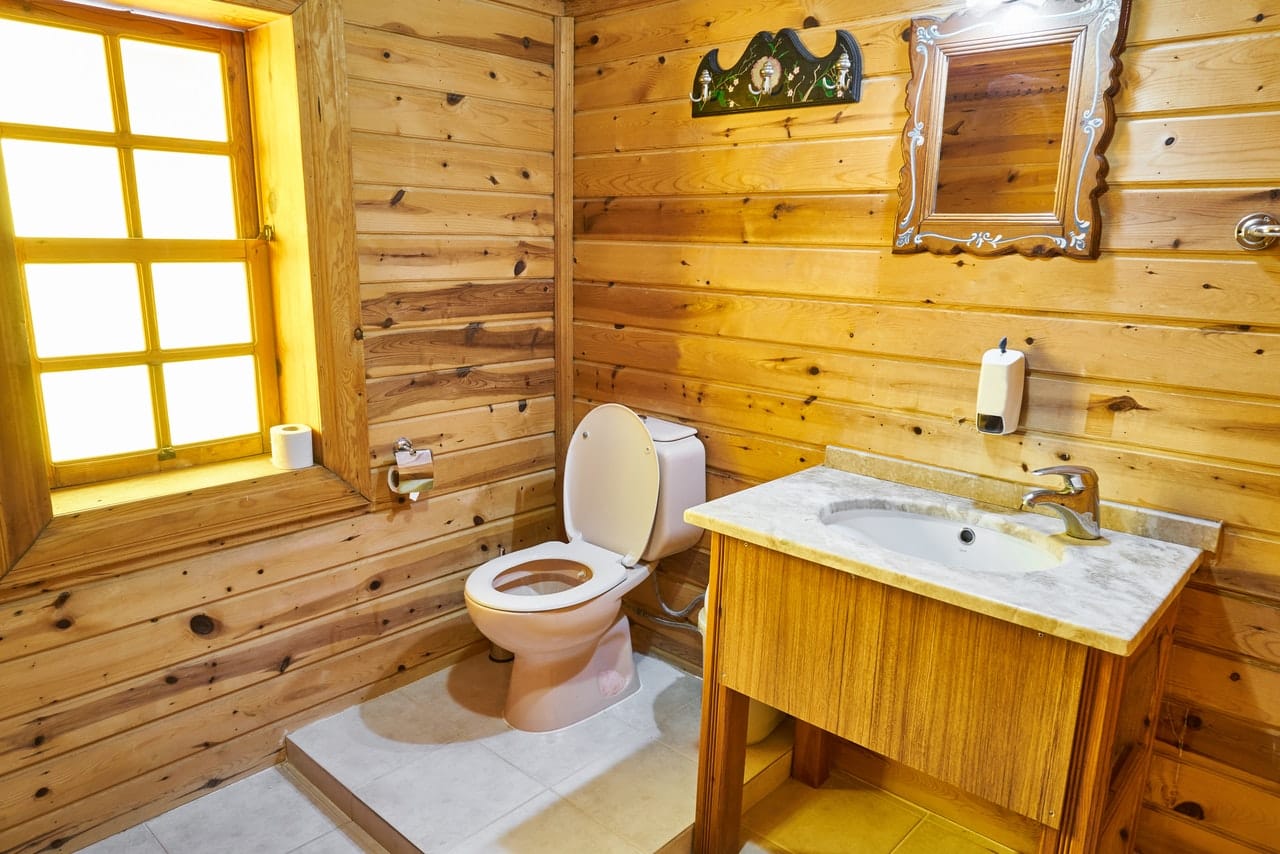Haven’t we all been here before? You flush the toilet, expecting it to empty. However, this time, the water does not completely drain. It just keeps going up. Suddenly, your toilet overflows, resulting in a disaster all over your bathroom floor.
Plumbing problems may be pretty inconvenient for any household. However, dealing with a toilet that is overflowing may be a nightmare. Our toilets are the most often used equipment in our houses. They don’t usually cause problems, but when they do, it’s critical to respond swiftly to avoid significant water damage to your property and drain pipe damage.
Common Causes of Toilet Overflows
If your toilet is overflowing, you most likely have a drain clog. When you flush the toilet, a blockage usually creates a sudden overflow. Pay attention to how quickly the water re-enters your toilet bowl after flushing to detect a blockage before it flows. If your toilet is prone to clogging, check it after each flush and listen for any gurgling sounds.
The following are common reasons for a toilet clog:
- Too much waste or toilet paper is flushed at once
- Using the toilet to get rid of non-flushable bathroom waste, such as pads, tampons, cotton balls, paper, dental floss, or diapers
- Flushed kitchen waste, such as cooking fat, fruit and vegetable peels, meat trimmings, and so on
- Pet waste disposal, including clumps of kitty litter and dog waste bags. Even flushable goods can cause this issue at times.
- Weak or incomplete flushing, which allows blockages to build and expand over time
Remember that the blockage might be in the primary sewer system for your house or apartment complex, not simply your toilet line. Examine the other toilets on the line to see whether that’s an option.
Stopping an Overflowing Toilet
Whatever caused this circumstance, there are several immediate measures you should take to regain control of the issue.
1 – Shut off the Water Supply to the Toilet
To begin, turn off the water supply to the toilet. Look for a silver football-shaped knob protruding from the wall behind the toilet and spin it counterclockwise. This will prevent extra water from entering the toilet and worsening the condition.
2 – Push the Tank Flapper Down
Look for your flapper by lifting the cover off the top of your toilet. It’s a rubber disc that covers the tank’s bottom opening. If the flapper is open even slightly, water will continue to flow into the bowl. Simply press down on the flapper with your fingertips until the water stops flowing. This is only a temporary fix while you unclog your toilet.
3 – Lift the Float Ball as High as It Can Go
The float ball resembles a large balloon linked to a pole within the toilet tank. When the water level in the tank raises this ball, it notifies the toilet to cease filling with water after you flush. Lift the float ball as high as it can to trick your toilet into believing the tank is full of water.
4 – Call Your Plumber
Other factors causing your toilet to overflow might be even more hazardous. These are instances best left to a professional plumber, who can clear the most severe clogs while inspecting for less typical blockage reasons.
If clogging is a common problem in your house, they may be able to propose a remedy, which might range from new toilet installation to video sewer inspection and pipe repair.
Conclusion
Toilet overflow is a common problem. Understanding how a toilet works and how to respond to the issue can save you time, money, and frustration. The solutions listed here are temporary fixes. Contacting a professional plumber to handle your toilet and plumbing problems is best.
Do you need a plumber in Canoga Park, CA? Candu Plumbing offers top-notch and immediate toilet repair to get you back to your stable daily routine. Book your service today!



